This robot may be the perfect pet!
Get the latest international news and world events from around the world.

Universal basic income touted as answer to automation
My debate on #BasicIncome at the FreedomFest against Dr. Barbara Kolm, director at the Austrian Economic Center (debate moderated by syndicated columnist and scholar Veronique de Rugy) got a write-up in Nevada Current (article by journalist Jeniffer Solis). https://www.nevadacurrent.com/…/universal-basic-income-tou…/ #FFest18
Earlier this month, the Vdara Hotel & Spa added two relay robots that deliver snacks, sundries and spa products directly to guest suites. While charmingly decorated as a Golden Retriever and Dalmatian dog with Vdara-themed collars, the new robots — named Fetch and Jett — may be a sign of what’s next for Las Vegas.
In 20 years, about 65 percent of the city’s jobs could be automated, according to a study by the Institute for Spatial Economic Analysis. That projection may be an outlier – the Organization for Economic for Cooperation and Development, for instance, projects only 10 percent of U.S. jobs are vulnerable to automation.
Still, the highest areas of employment in Las Vegas are in low-skilled service positions like office and administrative support, retail sales, food preparation and serving related occupations — repetitive and routine tasks ripe for automation.
This isn’t news to employees. When contracts between the Culinary and Bartenders unions and many large hospitality companies expired earlier this year, protections against automation were among the topics negotiated in the new five-year contracts.
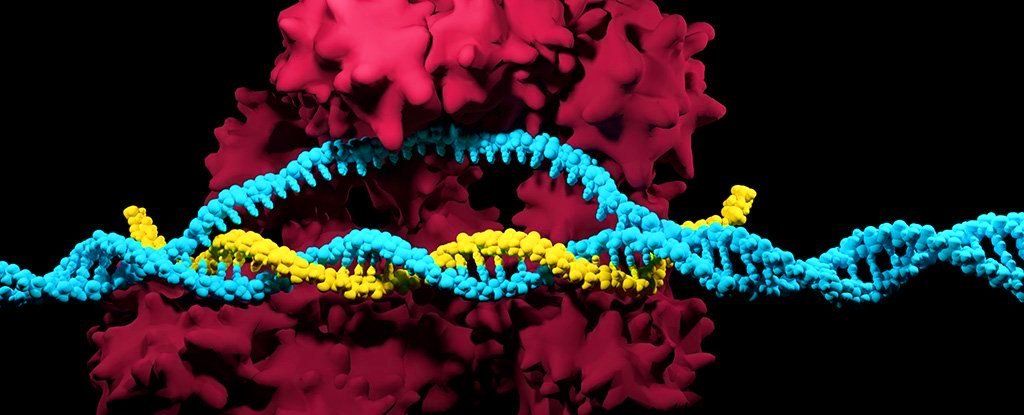
BREAKING: CRISPR Could Be Causing Extensive Mutations And Genetic Damage After All
CRISPR has been heralded as one of the most important breakthroughs in modern science, but there could be a hidden and potentially dangerous side effect to the wonders of its genetic editing technology, a new study reveals.
A systematic investigation of CRISPR/Cas9 genome editing in mouse and human cells has discovered that the technique appears to frequently cause extensive mutations and genetic damage that the researchers say wouldn’t be detected by existing DNA tests.
“This is the first systematic assessment of unexpected events resulting from CRISPR/Cas9 editing in therapeutically relevant cells,” explains geneticist Allan Bradley from the Wellcome Sanger Institute in the UK.
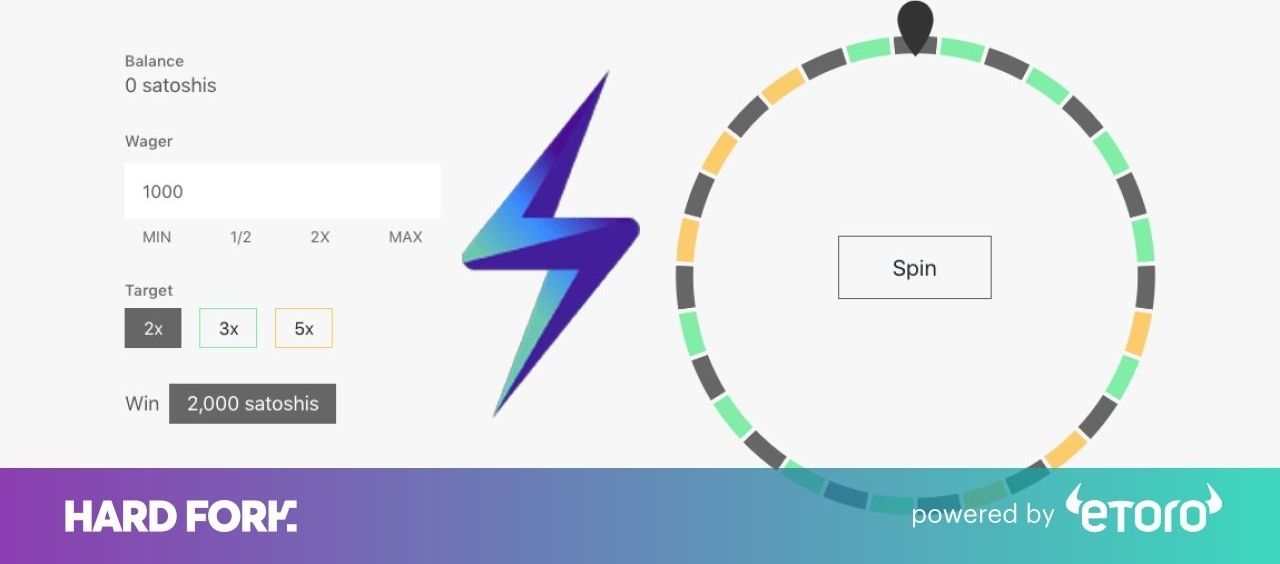
Lightning-powered app lets you play roulette on the blockchain
Blockchain developers won’t be at peace until every single thing in the world is on blockchain. Or, so it seems.
Web developer Rui Gomes has created Lighting Spin — a web app that lets you play roulette over Bitcoin Lightning Network.
The app lets you wager anywhere between 1,000 Satoshi (approximately 6¢) to 100,000 Satoshi (approximately $6) per round. All you need to play the game is load your balance using a wallet service with support for the Lightning Network – like Eclair, for instance.

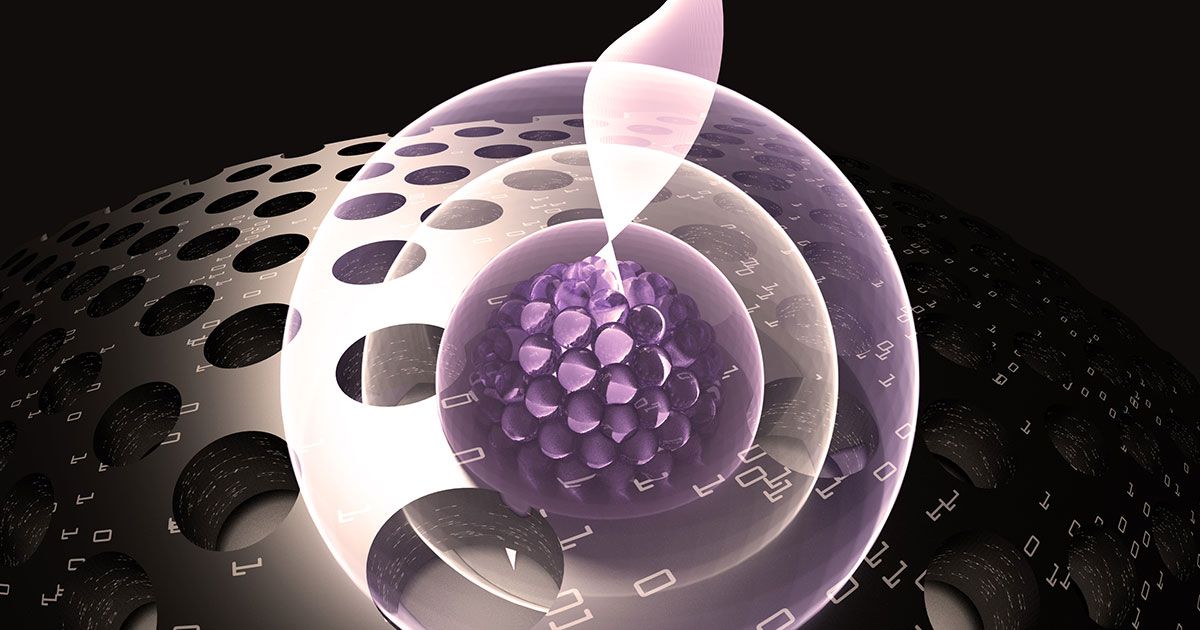
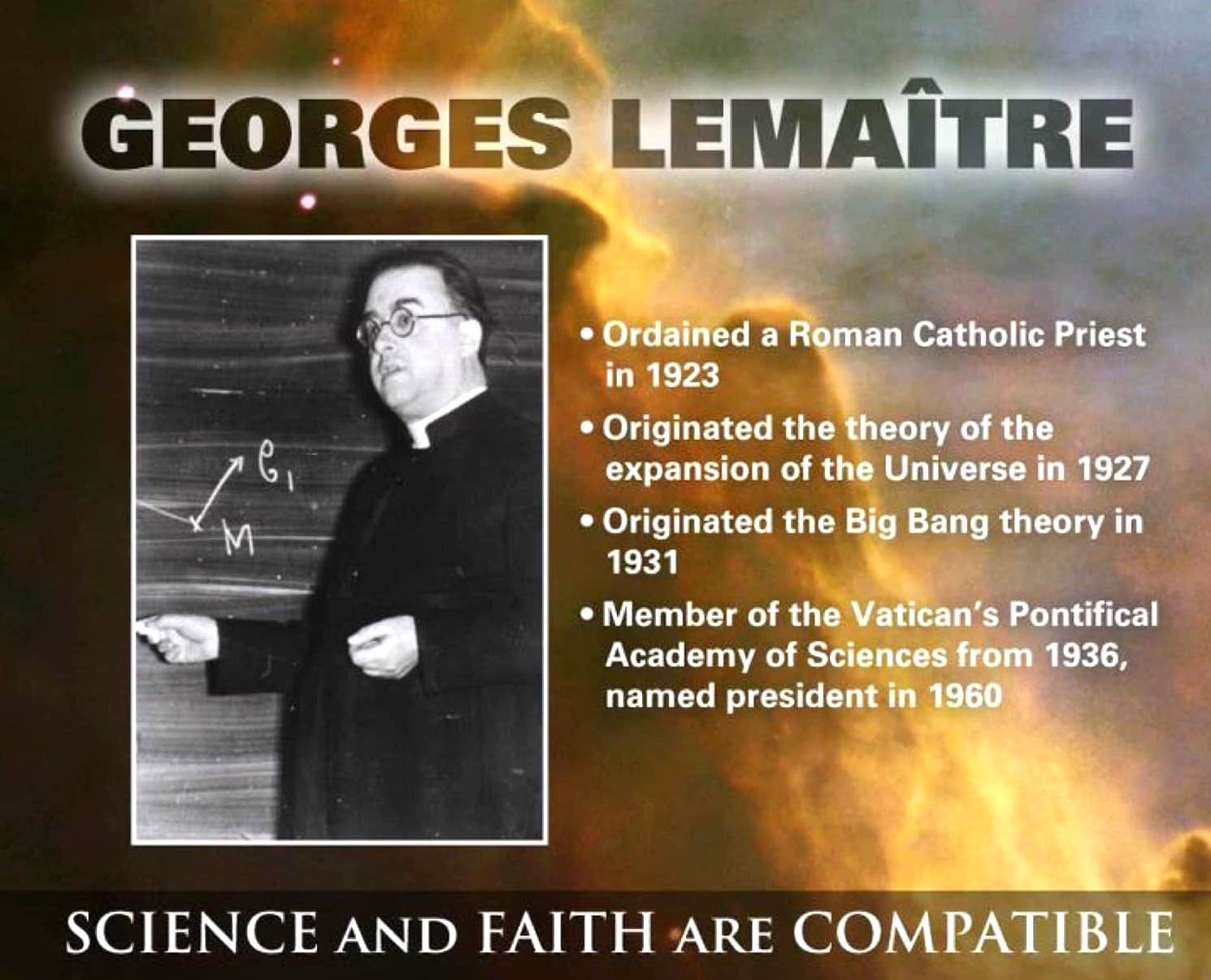
The Father of the Big Bang Theory
Monsignor Georges Lemaître was a Belgian Roman Catholic priest, physicist and astronomer. He is usually credited with the first definitive formulation of the idea of an expanding universe and what was to become known as the Big Bang theory of the origin of the universe, which Lemaître himself called his “hypothesis of the primeval atom” or the “Cosmic Egg”.
Georges Henri Joseph Édouard Lemaître was born on 17 July 1894 at Charleroi, Belgium. After a classical education at a Jesuit secondary school, the Collège du Sacré-Coeur in Charleroi, he began studying civil engineering at the Catholic University of Leuven (Louvain) at the age of 17. In 1914, he interrupted his studies to serve as an artillery officer in the Belgian army for the duration of World War I, at the end of which he received the Military Cross with palms.
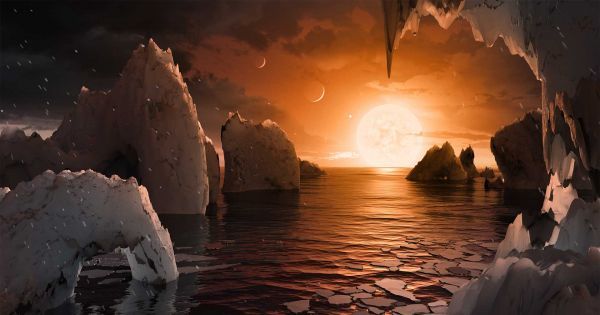
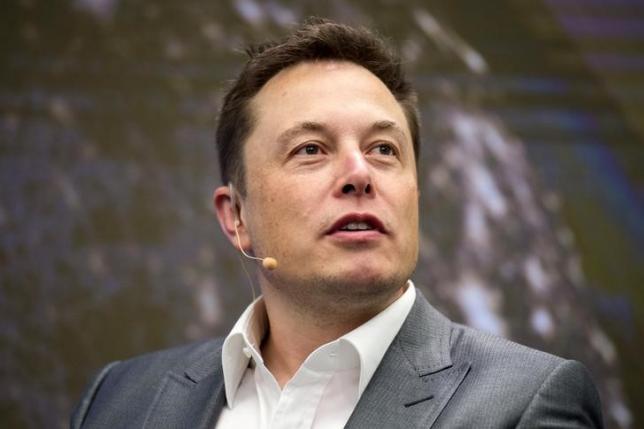
British caver considering legal action after Elon Musk ‘pedo’ tweet
A British caver who helped rescue 12 boys from a Thai cave said Monday he may take legal action against Elon Musk after the entrepreneur called him a “pedo.”
Tesla CEO Musk launched the extraordinary tirade against Vernon Unsworth without providing any justification or explanation, after the cave expert slammed his offer of a miniature submarine to extract the footballers from the Tham Luang cave as a ‘PR stunt.’ Current top breaking Philippine headlines regarding the nation, world, metro manila, regions and exclusive special investigative reports.